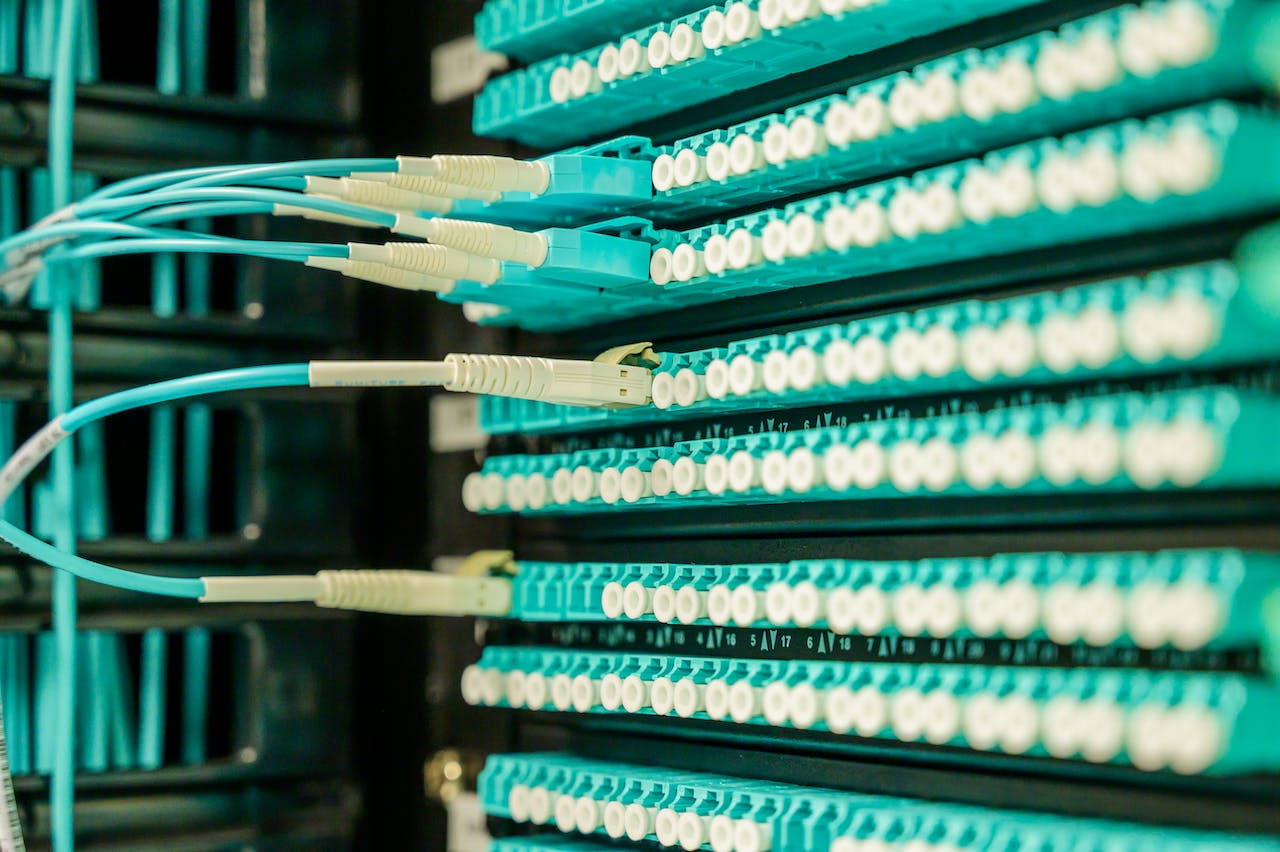Last update at :2024-07-10,Edit by888u
It is convenient for WEB applications and management of Linux VPS and servers. Most of our users will rely on WEB panels. There are still many panels to choose from in mainland China and abroad. However, due to profitability issues or personal considerations of developers, some Free panels have stopped updating, and some have switched to paid models. Although many one-click script installation packages or compilation environments are not particularly complicated, for users who are transitioning from virtual hosts or are new to VPS, the panel is much more convenient.
Although the Pagoda Panel is relatively short-lived, it should have a dedicated development team, so it can be seen that the progress this year is indeed very fast. From its forum discussions and questions from surrounding netizens, we can see that its user base is quite large. Whether we use a panel, a one-click package or a compilation environment, security does need to be paid attention to, not to mention that a few days ago it was revealed that XSHELL software has security issues.
Yesterday, Snail was asked to install the pagoda panel in a customer website environment of the company. After the installation, I simply saw that the functions are indeed much richer than what I saw last year. It can basically meet the needs of most user projects, and it continues every week. of updates. Hopefully it won't be too complicated and lead to resource usage and other problems. In terms of security, after installing the panel, we still need a few simple processing settings.
First, normal password security
In view of the XSHELL security issues that everyone should have seen a few days ago (introduced here), we first need to set a complex ROOT password or disable ROOT as a separate administrative user, or use key mode to log in to the VPS.
1. Xshell sets key login to ensure Linux VPS and server are more secure
2. Set up Putty SSH to use the key to log in to the Linux VPS host
Second, modify the pagoda panel port
The default port after installation is 8888. We need to modify a port, which can be any value between 8888-65535.
Third, change the administrator username and password
After the default panel is installed successfully, the administrator username is admin. We need to log in to the background to modify other usernames and complex panels. I have solved problems for several netizens before. I saw that when they used WDCP or Pagoda panel, their passwords even used simple passwords such as 123456, and even their ROOT server passwords were so simple.
Fourth, force binding domain name and fixed IP login
We can also use a domain name to resolve and bind it to the panel. In this way, the panel must be opened using the domain name we know, and the IP address cannot be opened. If our local IP address is fixed, we can also authorize a unique local IP login panel. If our IP address changes, we do not need to set it, because after setting the authorized IP, the login panel that is not this IP cannot be opened.
Finally, after the basic security settings are completed, you will be updated after the official upgrade of Pagoda. Secondly, we also need to back up website data regularly. Pagoda Panel comes with Qiniu, Alibaba Cloud OSS, and remote FTP backup toolkits, and the settings are relatively simple for automatic backup. We can also make manual backups ourselves.
Recommended site searches: servers in the United States, US attack-proof servers, free virtual space, registration-free jsp space, Hong Kong cloud hosting, foreign server rental prices, domain name error correction systems, online server websites, game server defense, broadband IP addresses Query,








发表评论